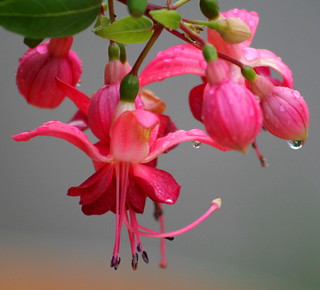This morning while I was walking my dog,
a golden apple fell from the tree we were walking past.
For a second, I thought we were going to have a Newtonian moment--
but the apple missed us and plopped on the ground.
A squirrel with a remarkably sparse and short tail turned out to be the culprit.
I assume we disturbed his snack since he jumped to a higher branch
and looked down at us with a vexed expression on his face.
morguefile.com image by mensatic
I drove by the same tree later in the day and a very fat rabbit
was supping on the apples laying in the grass.
In the old fairy tales and folk tales, golden apples symbolized great value.
That signification is lost to current generations,
but the squirrels and rabbits still believe.
<>

























